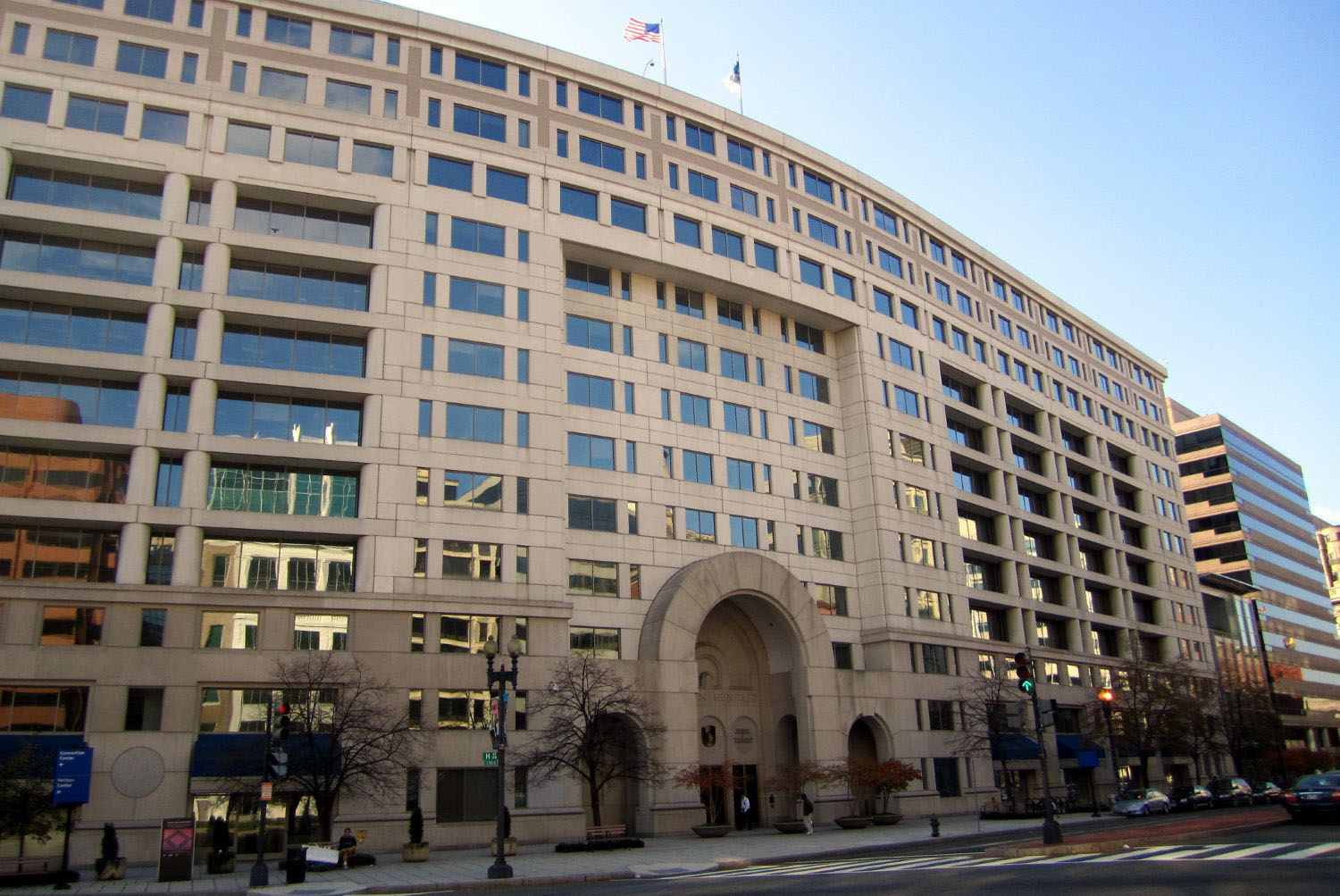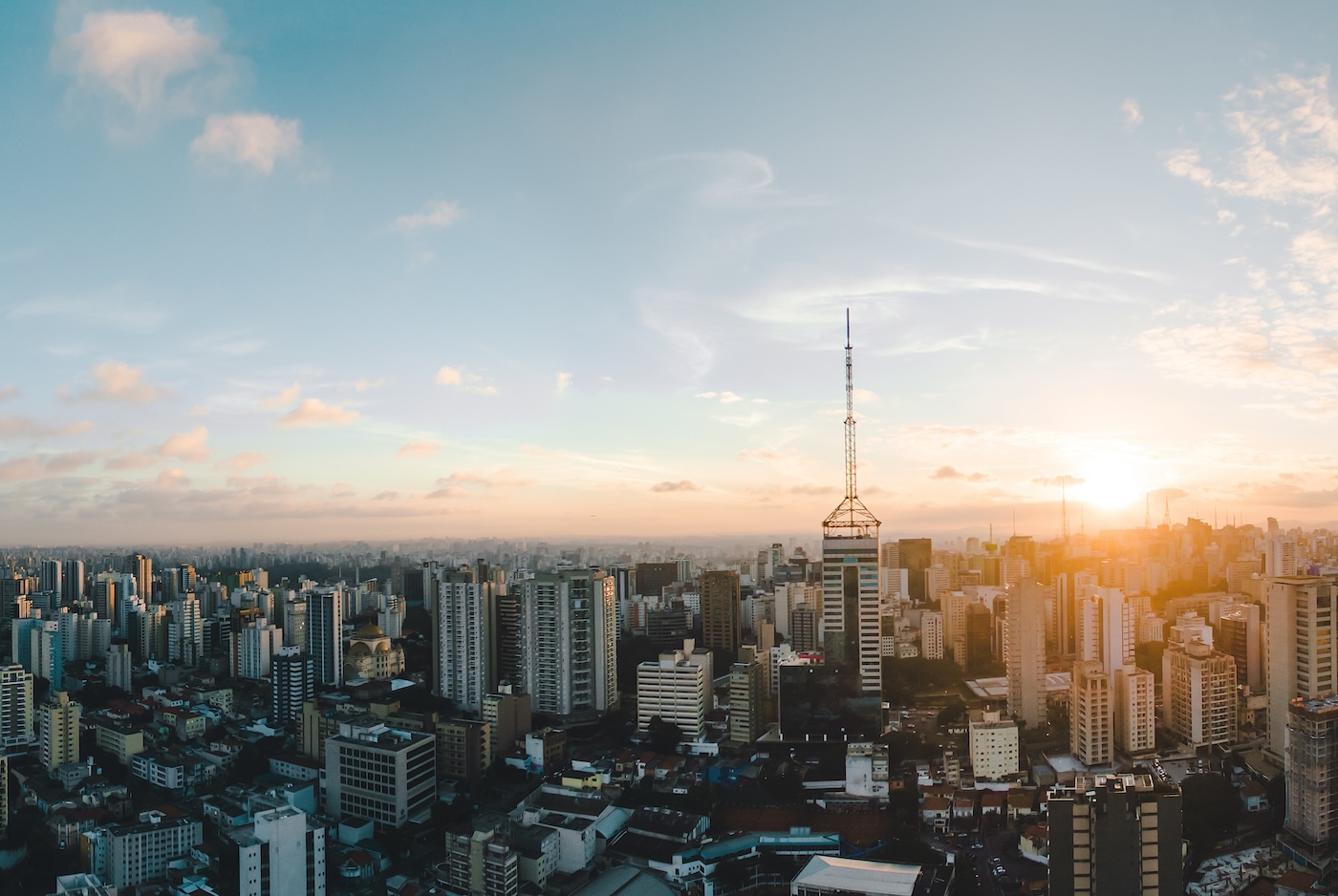This is a joint post with Christian Meyer.Over the last decade, Latin America has seen solid economic growth combined with
decreasing (but still very high) income inequality – lifting
millions of people out of poverty and fueling the rise of a
not-poor-but-not-rich “middle” class.
Latin America’s frustrated middle class?Credit: Osmar Valdebenito / flickr (
CC BY-SA)
But in Chile, the most “middle class” of all countries in Latin America by population and income share,
thousands of young people have been taking to the streets to protest the low quality and high cost of schooling there. That‘s a sign that the region’s new middle class is likely to be increasingly politically restive,
demanding good schools and other public services in return for their tax money. The Chilean protests are an early indication in a bellwether country of what is likely to be growing frustration in Latin America’s middle-income countries with the poor choice their new middle class families face between
low-quality public schools and spending money on
private schools that are not necessarily much better.
Who exactly are these middle class families? What are their interests? Will they constitute a new force for more and better spending on public goods like schools and roads that will lift all boats, or will they push for more government largesse and new entitlements directed to them?
We
previously blogged about the lack of consensus among economists on the appropriate income (or consumption) thresholds by which to identify the developing world’s middle class. We like the thresholds of $10 to $50 per capita per day in purchasing power parity used in a forthcoming flagship report of the
World Bank’s Office of the Chief Economist for Latin America and the Caribbean (LAC). (See this
recently published CGD working paper for a justification of these thresholds on theoretical and empirical grounds, and
this 2010 paper on the idea of the $10 threshold as providing a minimum of the kind of economic security in today’s global economy that has been traditionally associated with the middle class status.)Using the $10 to $50 per capita per day thresholds, the middle class in Latin America now constitutes 30 percent of the region’s population, and captures 50 percent of household income, making it a potential political force to be reckoned with. Adults in the typical middle class household have at least some secondary education and are likely to be employees in urban, formal jobs. In most countries they are not in the middle of the income distribution but are concentrated in the top quintile. Though they are “rich” (at median daily income per capita of about $15), they are in absolute money terms closer to their poorer counterparts (at about $5) than to their richer ones (at about $55).But like richer households, middle class households rely heavily on private schooling for their children – and far more so than their poorer counterparts (see table below). (The low figure in Chile presumably excludes publicly-subsidized private schools. Because definitions may vary between countries the numbers should hence not be interpreted as definite enrollment rates, but rather as between-class comparisons in single countries.)
Percentage of students enrolled in private schools, by age and income group (2008/2009)
Latin America has a long history of relying on private institutions as providers of primary and secondary education. Beginning in the 1960s, when enrollment in primary schools increased dramatically to include many of poor children, many families, including the working poor, opted out of public schools where quality was probably declining and put their children into the expanding private schools.Is that a problem? It depends on country and context. CGD Research Fellow
Justin Sandefur just fought an
impressive wonkwar on
Duncan Green’s blog with
former UNESCO staff member Kevin Watkins. Justin defended the possibility that private schools, despite their costs to poor families, can help increase access and improve quality of schooling for poor children where public systems are not doing the job, referring mostly to examples and data from Africa and South Asia. Perhaps in Latin America private schooling as an option is reaching its peak? The protests in Chile suggest a rising middle class will not indefinitely tolerate a situation in which they are stuck with a choice between public schools that are not good enough and private schools that are not cheap enough. Schooling may be the first stop for some sort of change in the social contract in countries where a new middle class is feeling its political oats.
CGD blog posts reflect the views of the authors, drawing on prior research and experience in their areas of expertise.
CGD is a nonpartisan, independent organization and does not take institutional positions.




 Latin America has a long history of relying on private institutions as providers of primary and secondary education. Beginning in the 1960s, when enrollment in primary schools increased dramatically to include many of poor children, many families, including the working poor, opted out of public schools where quality was probably declining and put their children into the expanding private schools.Is that a problem? It depends on country and context. CGD Research Fellow
Latin America has a long history of relying on private institutions as providers of primary and secondary education. Beginning in the 1960s, when enrollment in primary schools increased dramatically to include many of poor children, many families, including the working poor, opted out of public schools where quality was probably declining and put their children into the expanding private schools.Is that a problem? It depends on country and context. CGD Research Fellow 


